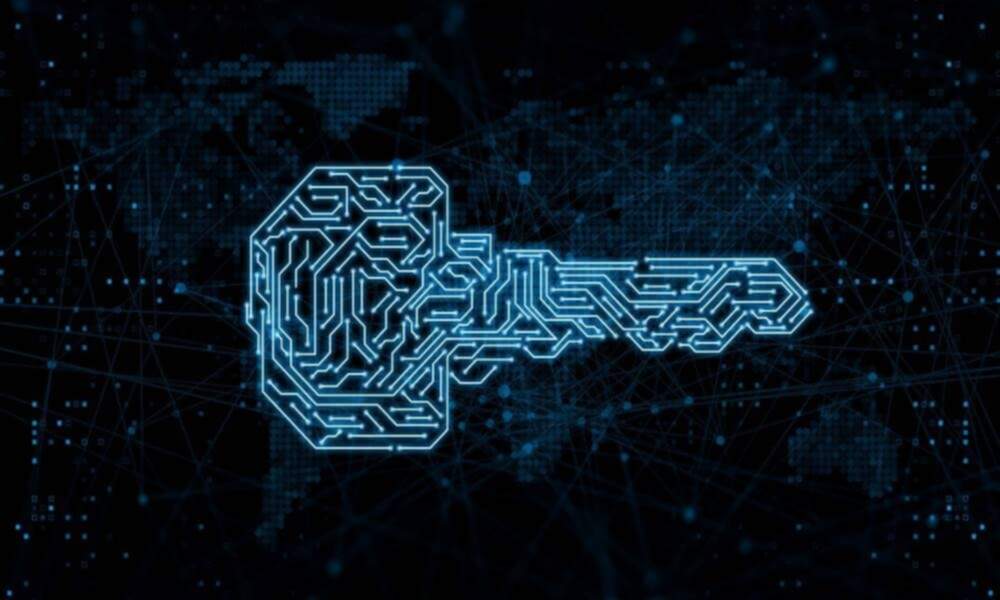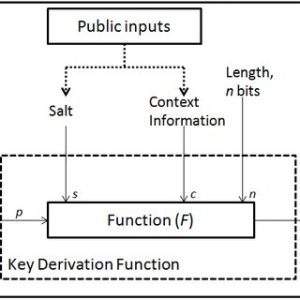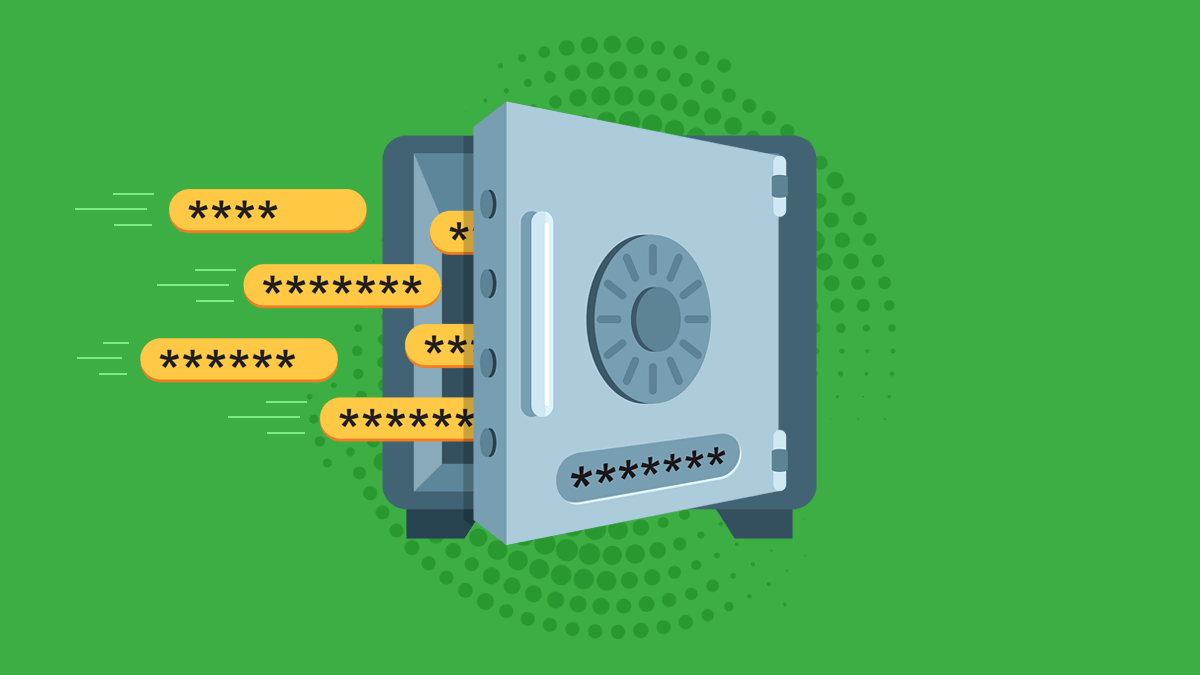Encryption is the process of encoding information to protect it from unauthorized access. This technology has been used for centuries, dating back to ancient civilizations that used simple methods such as substitution ciphers to protect messages. Today, encryption is a vital tool in the digital age, used to secure everything from online transactions to sensitive government communications.
There are two main types of encryption: symmetric and asymmetric. Symmetric encryption uses the same key for both encryption and decryption, while asymmetric encryption uses a pair of keys, one for encryption and another for decryption.
Symmetric encryption is the older of the two methods and is still widely used today. It is known for its speed and efficiency but it has one major drawback: the same key is used for both encryption and decryption, which means that the key must be securely exchanged between the sender and receiver before the message can be decrypted.
Asymmetric encryption, also known as public key encryption, was invented in the 1970s. It uses a pair of keys, one for encryption and another for decryption. The encryption key is made public, allowing anyone to encrypt a message, but the decryption key is kept private, allowing only the intended recipient to decrypt the message. This eliminates the need for a secure key exchange and makes it possible for two parties to exchange encrypted messages without ever having met or exchanged keys.
One of the most widely used forms of asymmetric encryption is RSA (Rivest-Shamir-Adleman). RSA is based on the mathematical properties of large prime numbers and is considered to be one of the most secure encryption methods available. It is used in a wide range of applications including digital signatures, software protection and secure communications.
Another popular form of encryption is AES (Advanced Encryption Standard). AES is a symmetric encryption algorithm and it is considered to be the de facto standard for symmetric encryption. It is fast, efficient and secure, making it suitable for a wide range of applications, including online transactions and secure communications.
Encryption is an essential tool for protecting sensitive information in today’s digital age. It is used to secure everything from online transactions to sensitive government communications. With the increasing amount of personal and business information being shared online, encryption is becoming increasingly important to protect against cyber attacks and data breaches.
In conclusion, encryption is the process of encoding information to protect it from unauthorized access. There are two main types of encryption: symmetric and asymmetric. Symmetric encryption is known for its speed and efficiency, but it has one major drawback: the same key is used for both encryption and decryption. Asymmetric encryption uses a pair of keys, one for encryption and another for decryption, and it eliminates the need for a secure key exchange. RSA and AES are two popular encryption methods, widely used in a wide range of applications including digital signatures, software protection and secure communications. Encryption is an essential tool for protecting sensitive information in today’s digital age.













